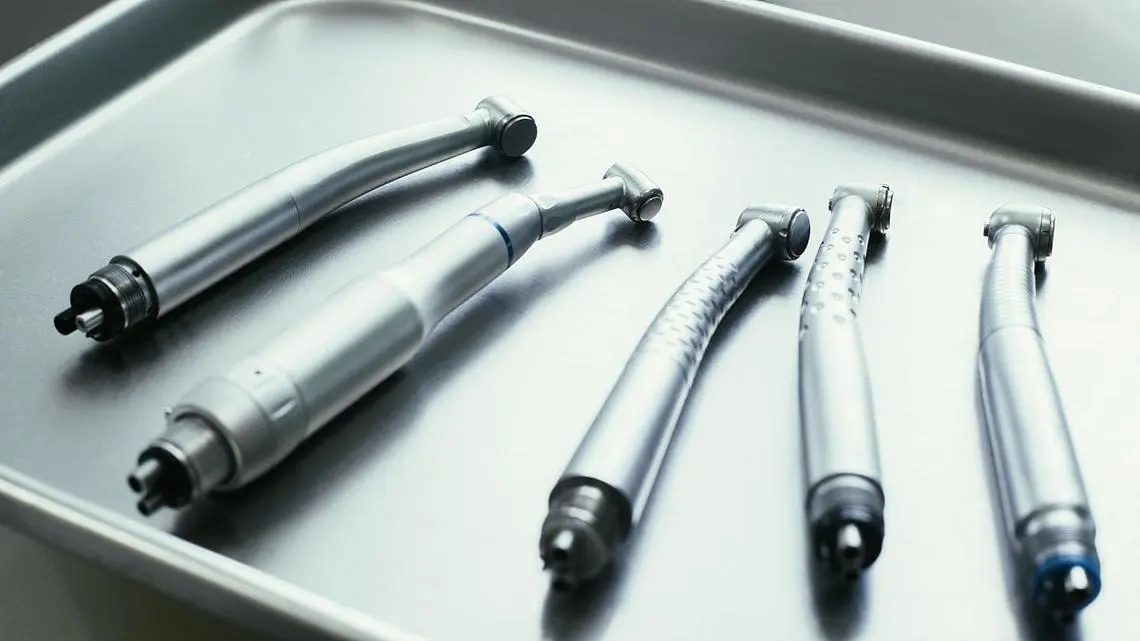
22 Dec Unveiling the Depths: Acne Scars – Types and Effective Treatments
Introduction
Embarking on the journey to achieve clear, blemish-free skin involves understanding the aftermath of acne – the persistent reminders known as acne scars. In this comprehensive guide, we’ll explore the various types of acne scars and delve into effective treatments, providing valuable insights into reclaiming smooth and blemish-free skin.
Understanding Acne Scars
Before we explore the treatments, it’s essential to comprehend the different types of acne scars and the factors influencing their formation.
1. Atrophic Acne Scars: The Depressed Reminders
Atrophic acne scars are characterized by depressions or indentations in the skin. Let’s explore the subtypes:
a. Ice Pick Scars:
Ice pick scars are deep and narrow, resembling the marks left by an ice pick. These scars penetrate into the skin, making them challenging to treat.
b. Boxcar Scars:
Boxcar scars have broad, box-like depressions with defined edges. The flat base distinguishes them from ice pick scars and poses unique challenges in treatment.
c. Rolling Scars:
Rolling scars create wave-like undulations on the skin. These scars often respond well to certain treatments that address the underlying collagen structure.
2. Hypertrophic and Keloid Scars: The Raised Challenges
Hypertrophic and keloid scars involve raised tissue. Understanding their characteristics is crucial for effective acne scar treatment.
a. Hypertrophic Scars:
Hypertrophic scars are raised but confined to the boundary of the original acne lesion. They often diminish over time but may benefit from specific interventions.
b. Keloid Scars:
Keloid scars extend beyond the borders of the initial acne injury, forming large, raised masses. Managing keloids requires a comprehensive approach to prevent excessive scar tissue formation.
Effective Treatments for Acne Scars
Now that we understand the intricacies of acne scars, let’s explore the arsenal of effective treatments available.
1. Topical Treatments: Nourishing the Skin’s Surface
Topical treatments focus on nourishing the skin’s surface and promoting healing from within:
a. Retinoids:
Retinoids, such as tretinoin, play a crucial role in promoting collagen production and encouraging cell turnover. They are effective in treating certain types of acne scars.
b. Vitamin C Serums:
Vitamin C serums offer antioxidant properties that brighten the skin and reduce the appearance of dark spots, contributing to an overall improvement in skin texture.
2. Minimally Invasive Procedures: Targeted Precision
Minimally invasive procedures aim to precisely target specific areas of concern:
a. Microneedling:
Microneedling creates micro-injuries in the skin, stimulating collagen production. This technique is effective for certain types of acne scars and overall skin rejuvenation.
b. Chemical Peels:
Chemical peels involve the controlled exfoliation of the skin, aiding in the removal of damaged layers. This process can reduce the visibility of scars and improve overall skin tone.
3. Laser and Light Therapies: Precision in Action
Laser and light therapies use advanced technologies for targeted skin improvement:
a. Fractional Laser Therapy:
Fractional laser therapy precisely targets specific areas of the skin, stimulating collagen and improving texture. It’s particularly effective for atrophic acne scars.
b. Intense Pulsed Light (IPL) Therapy:
IPL therapy addresses pigmentation issues, reducing the appearance of scars. It’s a versatile option for various types of acne scars.
4. Surgical Procedures: Reshaping the Canvas
Surgical procedures involve more invasive interventions to reshape the skin’s surface:
a. Punch Excisions:
Punch excisions remove individual acne scars, allowing for the repair of the skin’s surface. This surgical approach is suitable for specific types of scars.
b. Subcision:
Subcision involves releasing fibrous bands beneath the skin, lifting depressed scars and promoting a smoother surface. It’s effective for rolling scars.
Combining Treatments for Optimal Results
In many cases, a combination of treatments may be recommended for comprehensive and synergistic results.
1. Personalized Treatment Plans: Tailored to Your Skin
a. Consultation with Dermatologists:
Dermatologists play a crucial role in developing personalized treatment plans based on the specific types of acne scars and individual skin characteristics.
b. Sequential Treatment Approach:
A sequential treatment approach, combining various modalities, addresses different aspects of scarring and enhances overall effectiveness.
Post-Treatment Care and Prevention
The journey to treating spot or scars doesn’t end with the procedures. Post-treatment care and prevention are integral to maintaining the results.
1. Skincare Routine: Nurturing the Healing Skin
a. Hydration and Sun Protection:
Keeping the skin well-hydrated and protected from harmful UV rays supports the healing process and prevents further damage.
b. Use of Topical Products:
Specialized topical products, such as scar gels or creams, can further promote optimal healing and minimize residual scarring.
Conclusion: Reclaiming Your Skin Confidence
In conclusion, understanding the types of acne scars and the array of effective treatments empowers individuals to take control of their skin’s destiny. Whether opting for topical treatments, minimally invasive procedures, or surgical interventions, a personalized and well-informed approach is key. By combining treatments and following a diligent post-treatment care routine, individuals can embark on a transformative journey to reclaiming their skin confidence and achieving the smooth, blemish-free complexion they desire.

